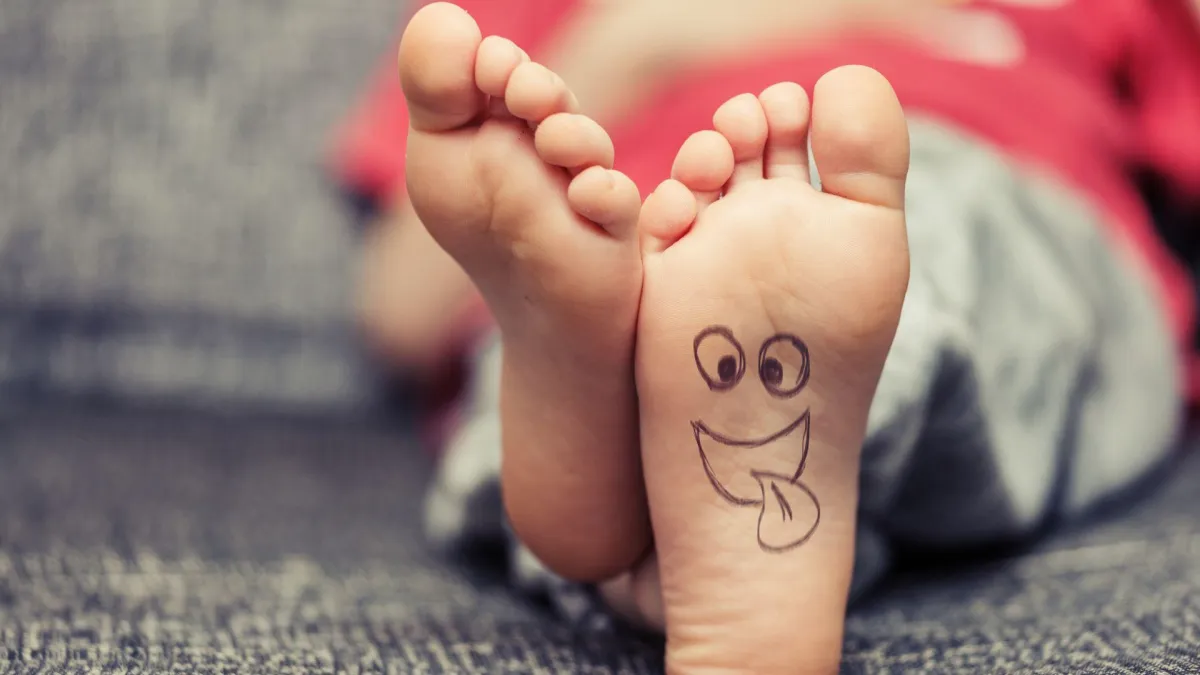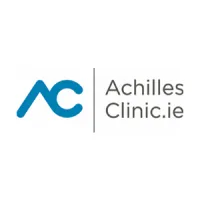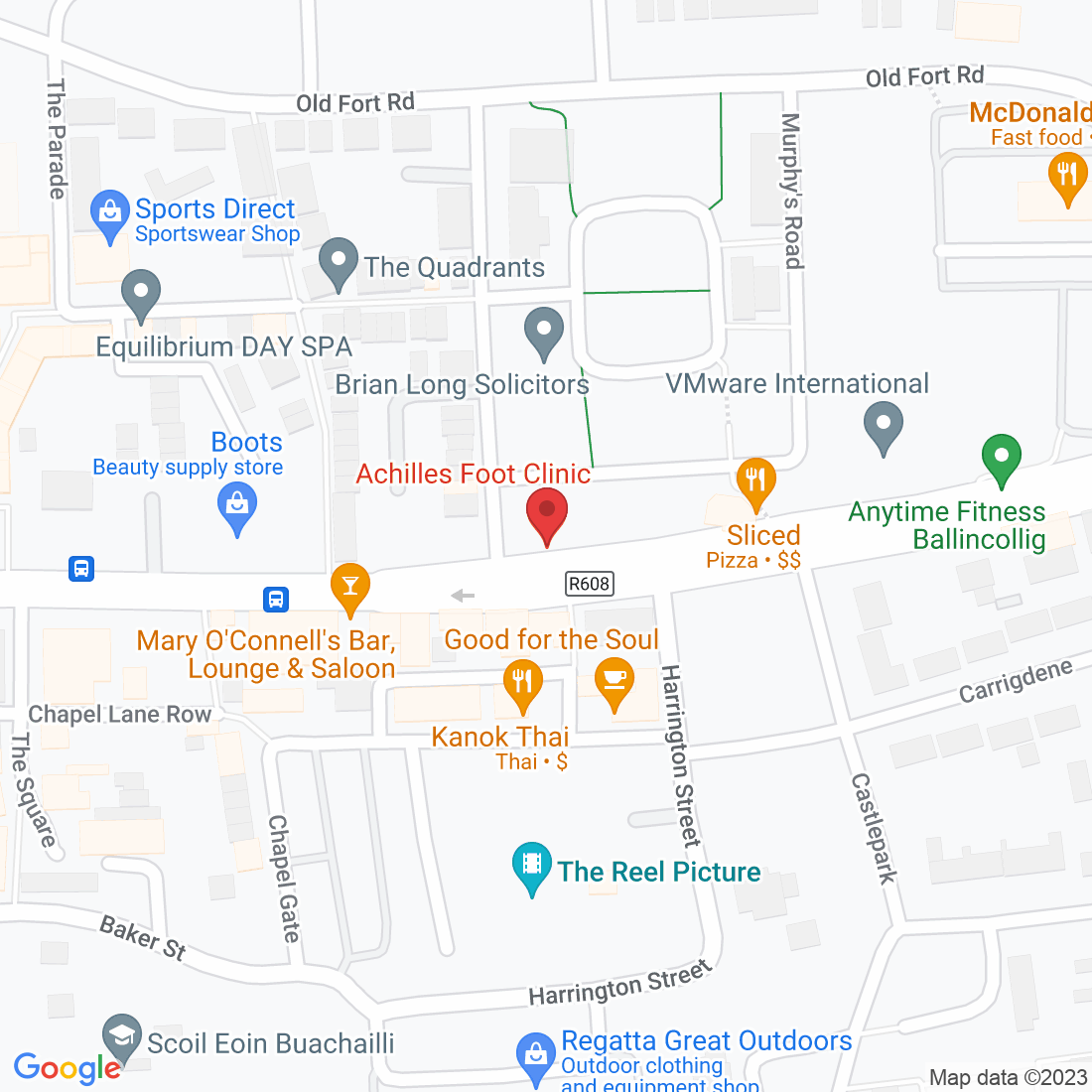
We have all been there, neglected a niggle in our foot and told ourselves that it would probably go away. Weeks have passed, even months, and it’s only getting worse. Then finally, when we are hobbling around barely able to walk, we decide to seek help…
Well, at Achilles Foot Clinic, we are here to help you.

My Child Is Intoeing: Should I Be Concerned?
As parents, we constantly monitor our child's development and growth, always on the lookout for any signs of potential issues. One such concern that often arises is when we notice our child walking with their toes pointed inward, a condition known as intoeing.
\While this can be alarming at first, it's important to understand that intoeing is a common occurrence in children and, in most cases, resolves on its own without any long-term consequences. In this blog, we'll explore intoeing and shed some light on why it happens, when it's normal, and when you might want to seek professional advice.
Understanding Intoeing:
Intoeing refers to the inward rotation of the feet when a child walks or runs. You may observe your child's toes pointing inward instead of straight ahead. It is often caused by three common factors: metatarsus adductus, tibial torsion, and femoral anteversion. But let's not get overwhelmed by those fancy terms. Instead, let's break them down in simpler words.
Metatarsus adductus is like a gentle twist or curve in the bones of the feet. It can cause the front part of the foot to turn inward while the heel remains straight. Think of it as a natural variation in foot shape, like how some people have curly hair while others have straight hair.
Tibial torsion involves the twisting of the shinbone (tibia). In babies, the tibia can appear to rotate inward due to their positioning in the womb. As they grow and start walking, this twist usually improves gradually, aligning the lower leg bones properly.
Femoral anteversion refers to the inward rotation of the thigh bone (femur) at the hip joint. In toddlers and young children, this rotation is normal and allows them to sit cross-legged easily. As they grow, the rotation generally lessens, and their legs straighten out naturally.
When Is Intoeing Normal?
Intoeing is a relatively common condition in children and is often a result of their unique growth patterns. The good news is that most cases of intoeing improve or resolve on their own without any intervention. In fact, it is considered normal for infants and young children to have some degree of intoeing.
Babies are born with a lot of flexibility in their bones and joints, which gradually improves with age. They may exhibit intoeing during the first few months as their bones are still adapting to the demands of walking and bearing weight. As they begin to develop muscle strength and coordination, the intoeing often corrects itself.
When to Seek Professional Advice:
While most cases of intoeing are harmless and self-resolving, there are instances where it may be necessary to consult a podiatrist or healthcare provider. Consider seeking professional advice if:
The intoeing is severe or worsening over time.
Only one leg is affected, or there are other associated symptoms like limping or pain.
Your child experiences difficulty with walking or participating in physical activities.
The intoeing persists beyond the age of 8 years.
Remember, consulting a professional doesn't necessarily mean your child has a serious problem. It's simply a proactive step to ensure your child's well-being and to address any concerns you may have.
Promoting Healthy Foot Development: While intoeing often resolves on its own, there are some simple measures you can take to promote healthy foot development in your child:
Encourage barefoot walking indoors, allowing the feet to move naturally and develop strength.
Choose footwear that provides proper support and flexibility. Avoid tight or rigid shoes that restrict foot movement.
Encourage regular physical activity
If You Are Concerned About Your Childs Feet Call Us Today On 0212021001
Or
Fill Out The Form Below And Request A Call Back From One Of The Achilles Foot Clinic Team
Ask Lorcan And His Team
Fill in the form to request a Call From Our Team
Fill in the form to request a Call From Our Team
One of our team will call you for FREE and answer any questions or concerns you may have about Bunions.
One of our team will call you for FREE and answer any questions or concerns you may have about your uncomfortable Bunions.








